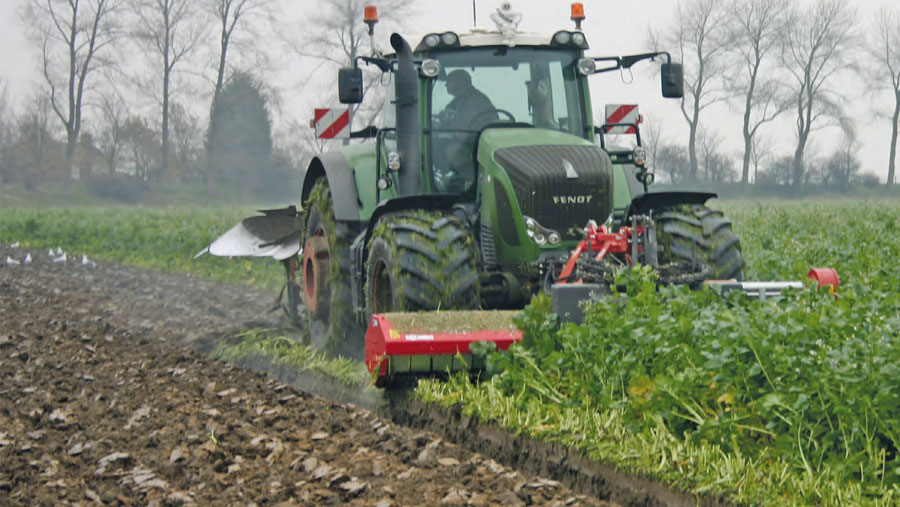Advertiser content
How to improve your soil structure
Soil health crops are attracting increasing interest due to their ability to improve soil structure by breaking up compaction, improving drainage and helping raise the organic matter content of the soil.
Species such as oil seed radish produce deep tap roots which can reach down to 1.5-2m given the right conditions.
Others such as rye and Japanese oats have more fibrous root systems which work in the upper layers of the soil.

Having a mixture of rooting depths in a cover crop can often achieve more than using a single species.
However, it is important to remember that each individual customer will have their own aim and what works for one field on a farm will not necessarily be the best option for the neighbouring farm.
When deciding what species to include in your cover crop mixture, whether purely for EFA compliance or not, it is important to ask yourselves the following questions:
- What am I trying to achieve?
- Where in my rotation am I planning to use the cover? Am I willing to change my rotation to accommodate a different cover which may be more beneficial?
- Is there a history of nematode problems on the farm or are potatoes or sugar beet grown in the rotation? (This can affect the choice of cover)
Provided by
RAGT breeds, produces, and sells seeds globally. The company has one of the largest species portfolios in the seeds industry: maize, sorghum, cereals, oilseeds, protein crops, forages, cover crops and amenity.
